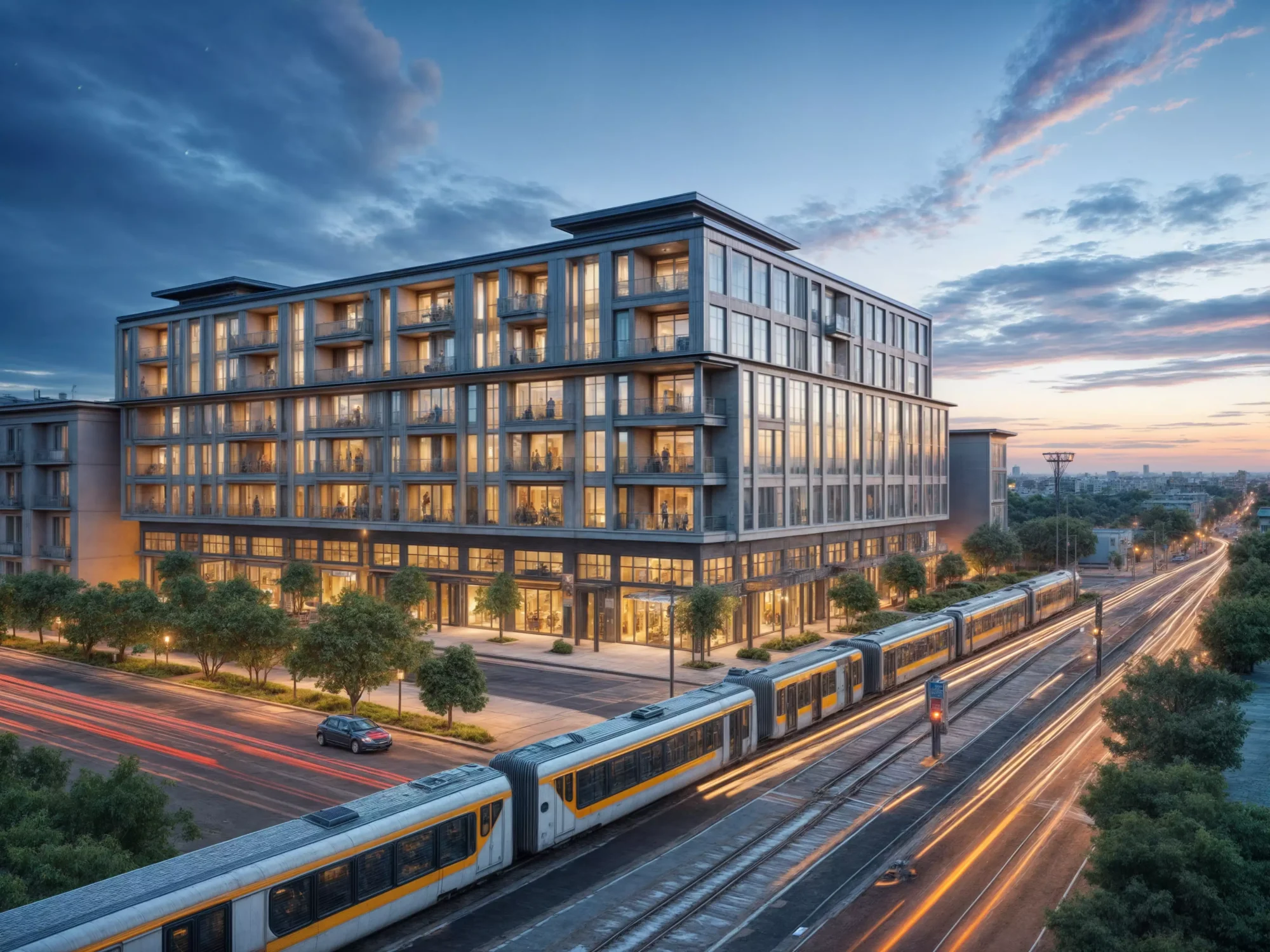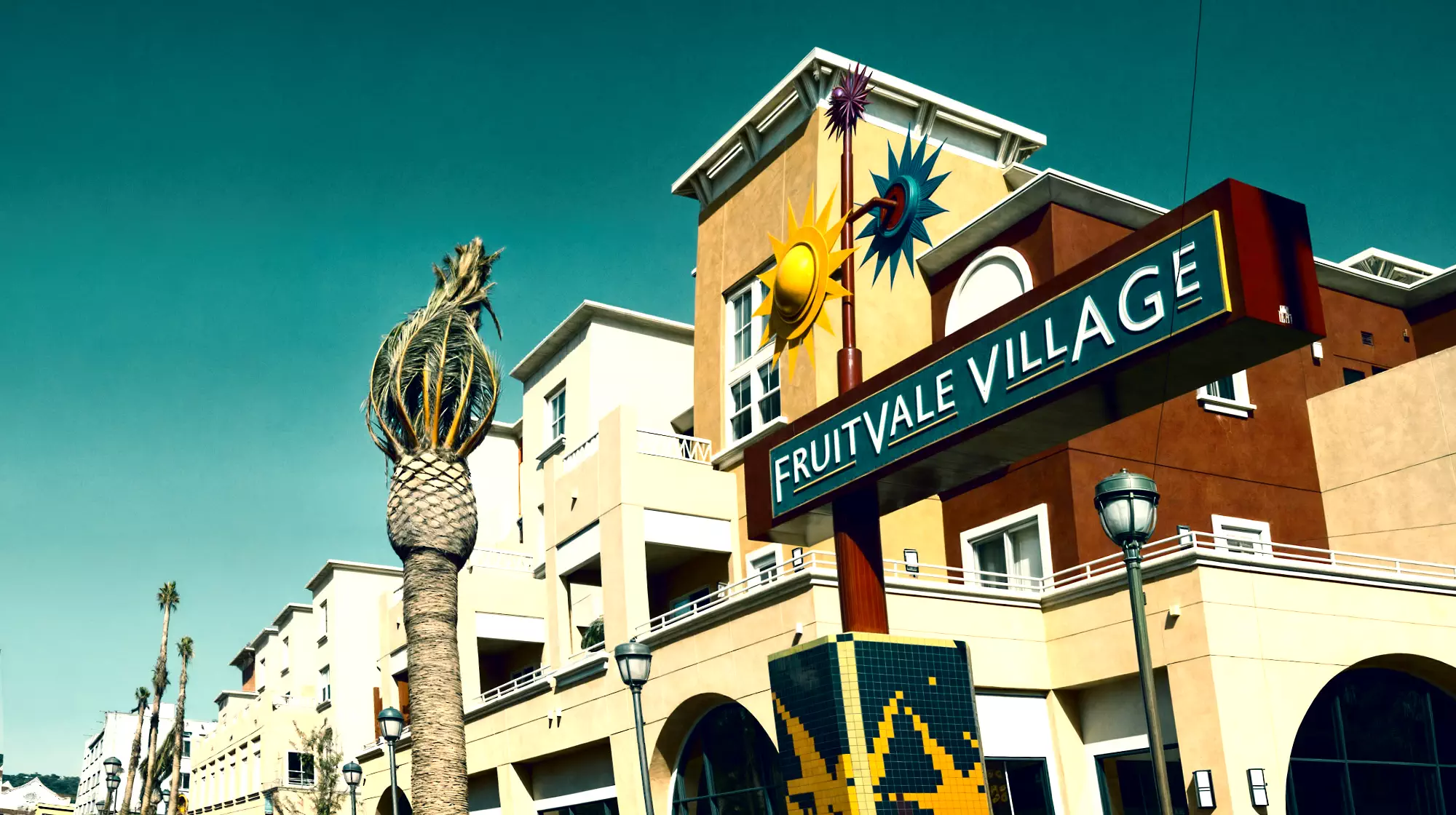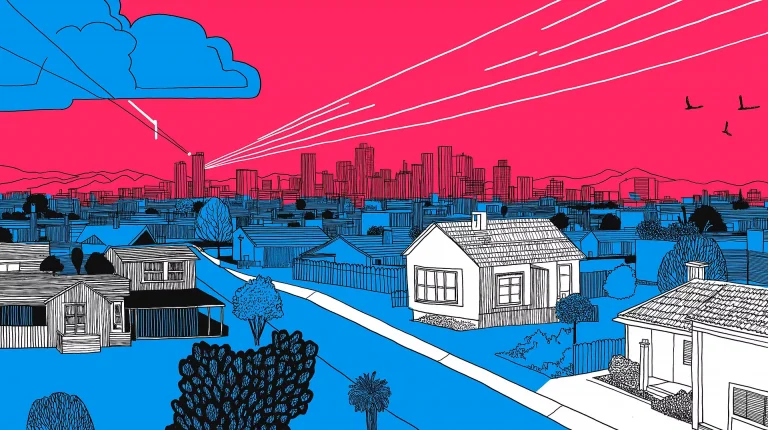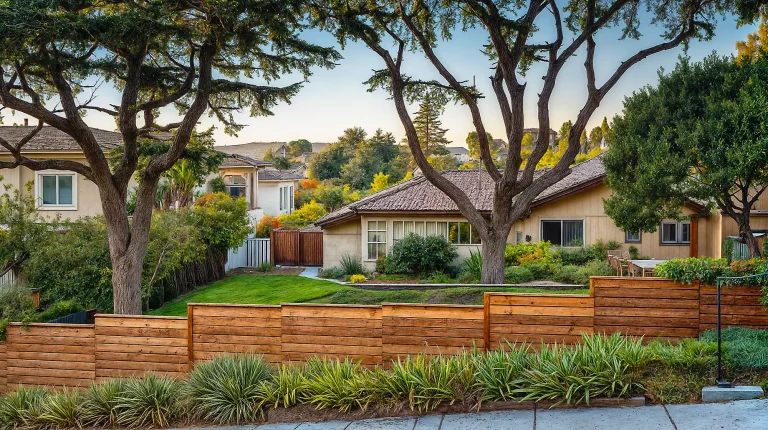The Renaissance Unveiled
Who would’ve thought that in 2024, the East Bay’s hottest real estate amenity would be a metal tube hurtling through underground tunnels? Yet here we are, with single-family home sales shooting up fast – a whopping 22.9% increase from last year. The secret sauce for this real estate renaissance isn’t granite countertops or open floor plans but good old-fashioned public transportation.
The East Bay, long considered the scrappy underdog to San Francisco’s glittering skyline, has been quietly building its own empire. And like any good empire, it’s built on a foundation of infrastructure – specifically, the kind that gets people from point A to point B without inducing road rage. At the heart of this transformation? BART, the Bay Area Rapid Transit system, has become a veritable Midas, turning the areas it touches into real estate gold.
This 22.9% surge in single-family home sales isn’t just a number pulled out of thin air. It’s a testament to the magnetic pull of efficient public transit. As BART extends its reach, previously overlooked neighborhoods suddenly find themselves in the spotlight. Areas once dismissed as “too far out” are now being rebranded as “up-and-coming” or “the next hot spot” – all thanks to the promise of a smooth commute.
BART: The Backbone of Change
Now, let’s talk about the star of our show: BART. This isn’t just any old train system. Oh no, BART is the East Bay’s golden ticket; it’s a magic carpet ride, it’s… well, you get the idea. BART’s latest 16-mile extension project is like that overachieving cousin at family gatherings – always going further and doing more.
This ambitious stretch of track promises to be the Cupid’s arrow of public transit, making commuters fall in love with previously overlooked areas. And let’s face it, in the Bay Area, nothing says “I love you” quite like a reasonable commute time.
Imagine, if you will, a world where the far-flung corners of the East Bay are suddenly within reach. Areas once considered the boonies are now just a short train ride away from the heart of Oakland or San Francisco. It’s like BART decided to play real-life SimCity, reshaping the region’s geography with each new station.

Beyond BART: A Transportation Smorgasbord
But wait, there’s more! The East Bay isn’t putting all its eggs in the BART basket. Come 2025, the East Bay Greenway Multimodal Project will give cyclists and pedestrians their own 10.6-mile red carpet between Oakland and San Leandro. It’s like the region is saying, “Cars? In this economy?”
This project is more than just a fancy bike path. It’s a statement of intent. The East Bay is declaring itself a place where you don’t need four wheels and a gas-guzzling engine to get around. It’s embracing the eco-friendly, health-conscious lifestyle that makes millennials and Gen Z’ers weak at the knees.
The East Bay is becoming a hotbed of “multi-jurisdictional” projects. Now, I know what you’re thinking. “Multi-jurisdictional” sounds like the word that makes people sleep faster than a warm glass of milk. But bear with me because this is pretty exciting stuff. These projects involve different cities and agencies working together to create seamless transportation solutions across the region.
The Transit Tango: Property Values and Transportation
Properties near BART stations are becoming the real estate equivalent of front-row concert tickets. Everyone wants them, and they’re willing to pay a premium. It’s almost as if being within stumbling distance of public transit is the new “ocean view.”
Commercial real estate near transit hubs are also getting their due. Businesses are waking up to the fact that being near a BART station means more foot traffic, which translates to more potential customers.
The impact of transportation developments on property values isn’t just about proximity to BART. It’s about a neighborhood’s overall accessibility. As new transit options appear, previously overlooked areas get a second look from homebuyers and investors.
Fruitvale: A Case Study in Transit-Oriented Success
Take Fruitvale, for instance. Once upon a time, it was just another stop on the BART map. Now, it’s the poster child for transit-oriented development, sporting shiny new buildings, and amenities that would make even the most jaded city planner weak at the knees.
The Fruitvale Transit Village is like a real-life version of those before-and-after makeover shows, except instead of a person, it’s an entire neighborhood. Since its completion, property values have shot up, new developments have sprung up like mushrooms after rain, and the area has become a vibrant hub of community activity.
Fruitvale isn’t just a success story – it’s a blueprint. It shows what’s possible when transit development is done right, with an eye toward customer needs and long-term sustainability. It’s the kind of success that has other neighborhoods looking at their BART stations with newfound appreciation, wondering if they might be next in line for a glow-up.
The Clouds in the Silver Lining
Of course, every silver lining has its cloud. As property values soar, some long-time residents find themselves priced out. This is the dark side of urban development, and policymakers and community leaders are grappling with it.
Let’s remember BART’s looming budget shortfall of $35 million. It turns out that running a massive transit system costs more than just hopes, dreams, and Clipper Card fees. The $35 million shortfall projected for the 2026 fiscal year is no small potatoes.
These challenges raise questions about the long-term sustainability of the project and whether it can continue to expand and improve in the face of financial challenges. It’s a sharp reminder that as we celebrate the transformative power of public transit, we need to keep a close eye on the nuts and bolts (and dollars and cents) that keep it running.

Gazing into the Crystal Ball: The Future of East Bay Transit
The Link21 Program dreams of a second transbay crossing, which could revolutionize how people move between the East Bay and San Francisco.
Meanwhile, BART is working on upgrading its infrastructure, including the introduction of a new communications-based train control system. It sounds technical (because it is), but it boils down to better service frequency and reliability.
The future of East Bay transit isn’t just about trains and tubes. As new transportation technologies emerge—think autonomous vehicles and innovative last-mile solutions—they could create new patterns of accessibility and desirability, potentially shifting property value dynamics in ways we haven’t even considered yet.
Strategies for Property Owners and Investors
If you’re sitting on some East Bay property, now’s the time to channel your inner transit nerd. Keep your ear to the ground (or the tracks) for upcoming projects, and consider investing in areas one BART stop away from being the next big thing.
Consider these key strategies:
- Stay informed about planned transportation projects and their timelines.
- Think long-term about the potential value appreciation of properties near existing or planned transit hubs.
- Diversify your investments with properties that are in varying proximity to transportation options.
- Get involved in local planning processes to advocate for beneficial transportation improvements.
- Be adaptable and consider how properties might be repurposed to align with changing transportation patterns and community needs.
For property owners and investors, this presents both challenges and opportunities. The key will be to stay informed, be proactive, and think creatively about leveraging these transportation developments to maximize the value of their investments.
Conclusion: The East Bay’s Bright Future
The East Bay’s real estate market is like a good BART ride – fast-moving, occasionally bumpy, but ultimately taking you where you want to go. As transportation options expand, so do property values and opportunities.
The impact of transportation developments on East Bay property values is more than just a trend – it’s a fundamental shift in how we think about urban development and community planning. It’s a recognition that in the 21st century, connectivity is king.
So here’s to East Bay, BART, bike paths and bus lanes, and the myriad ways we get around this diverse and dynamic region. May our commutes be short, our property values high, and our future bright. And hey, if all else fails, you can always console yourself with the fact that at least you’re not stuck in traffic on the Bay Bridge. Because, let’s face it, in the Bay Area, that’s a win in itself.
Take Some Action
Are you a property owner in the East Bay looking to maximize the value of your investment in this dynamic market? SLPM Property Management is here to help. Our expert team understands the nuances of the East Bay real estate market. We provide tailored strategies to optimize your property’s potential, especially in light of ongoing transportation developments. Take advantage of the opportunities presented by these exciting changes in the East Bay. Contact SLPM Property Management today for a comprehensive Property Management Quote. Let us help you navigate the evolving real estate landscape and maximize your investment.




